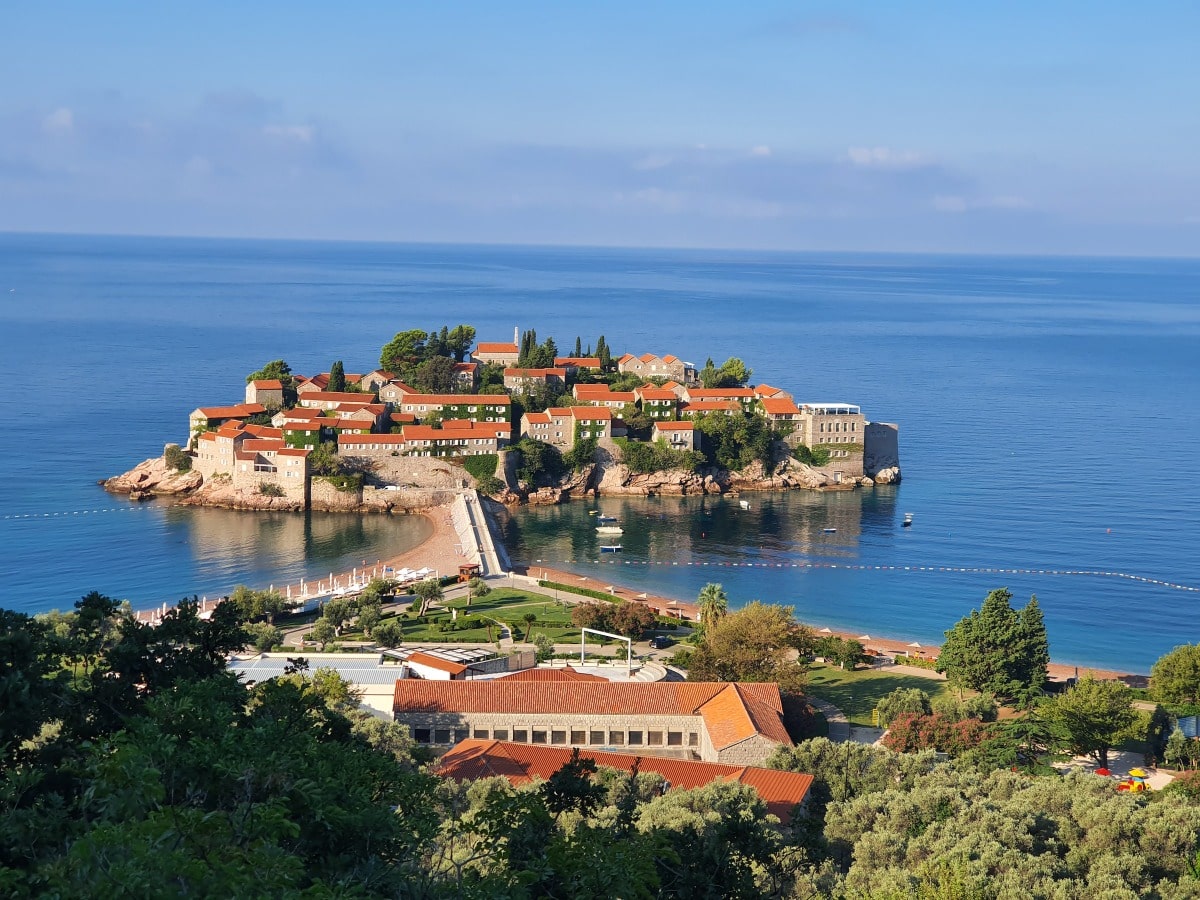The southeastern European country has partnered with Ripple to develop its own CBDC.

Montenegro joins an ever-growing list of countries exploring the potential of CBDC.
Source: Unsplash
Montenegro’s Prime Minister, Dritran Abazonic, has announced that the country’s central bank has partnered with Ripple to develop a central bank digital currency (CBDC). Montenegro currently has no national currency, and has been utilizing the Euro since 2002.
Central Bank Digital Currency (CBDC) is the digital form of a country’s fiat currency. CBDCs are issued and regulated by the nation’s central bank or other monetary authority. Unlike cryptocurrency, CBDCs are centralized and do not anonymize transactions.
Abazonic recently met with Ripple’s CEO Brad Garlinghouse and VP James Wallis during the World Economic Forum in Davos, Switzerland. Apart from the Prime Minister’s Twitter announcement, no further details are known.
Montenegro is a west-central Balkan country which spent a majority of its history fighting for independence, from Italian occupation during World War II, as a part of Yugoslavia, and from the State Union of Serbia and Montenegro, which established Montenegro as a sovereign country following a referendum in 2006.
Tourism is a major aspect of the country’s economy. Montenegro offers an expansive seacoast, charming medieval villages, and beautiful mountainscapes. Less than one-tenth of the country’s land is farmed, giving way to woodlands covering two-fifths of Montenegro. Despite a significant seacoast, commercial fishing is negligible. Instead, the country relies on its Bauxite resource, the principal raw material for aluminum. In terms of energy, Montenegro boasts hydroelectric and thermoelectric power plants.
Montenegro will be joining numerous countries recently launching various experiments with CBDCs, including Saudi Arabia, Tanzania, Spain, Turkey, China, and India, whose central bank has avidly argued against cryptocurrency. For many countries, CBDCs are a way to promote financial inclusion, simplify monetary and fiscal regulation, as well as encourage tourism, digitalization and financial stability.









